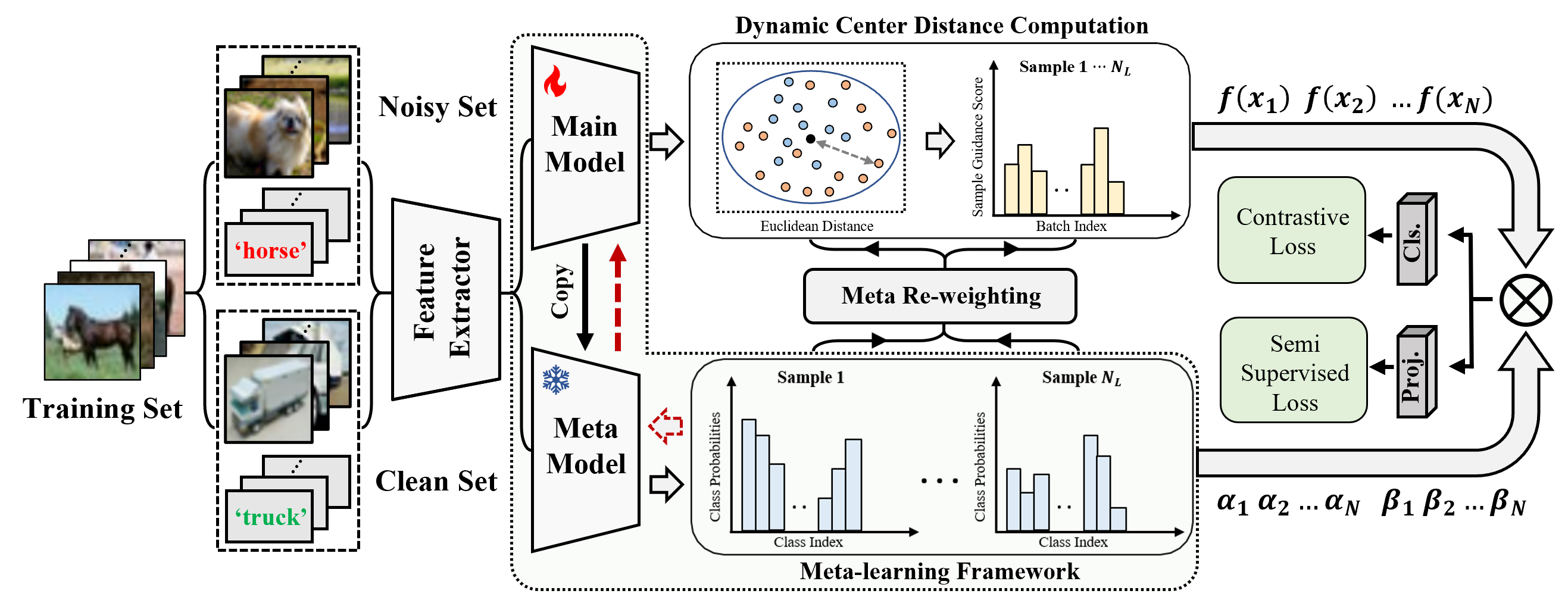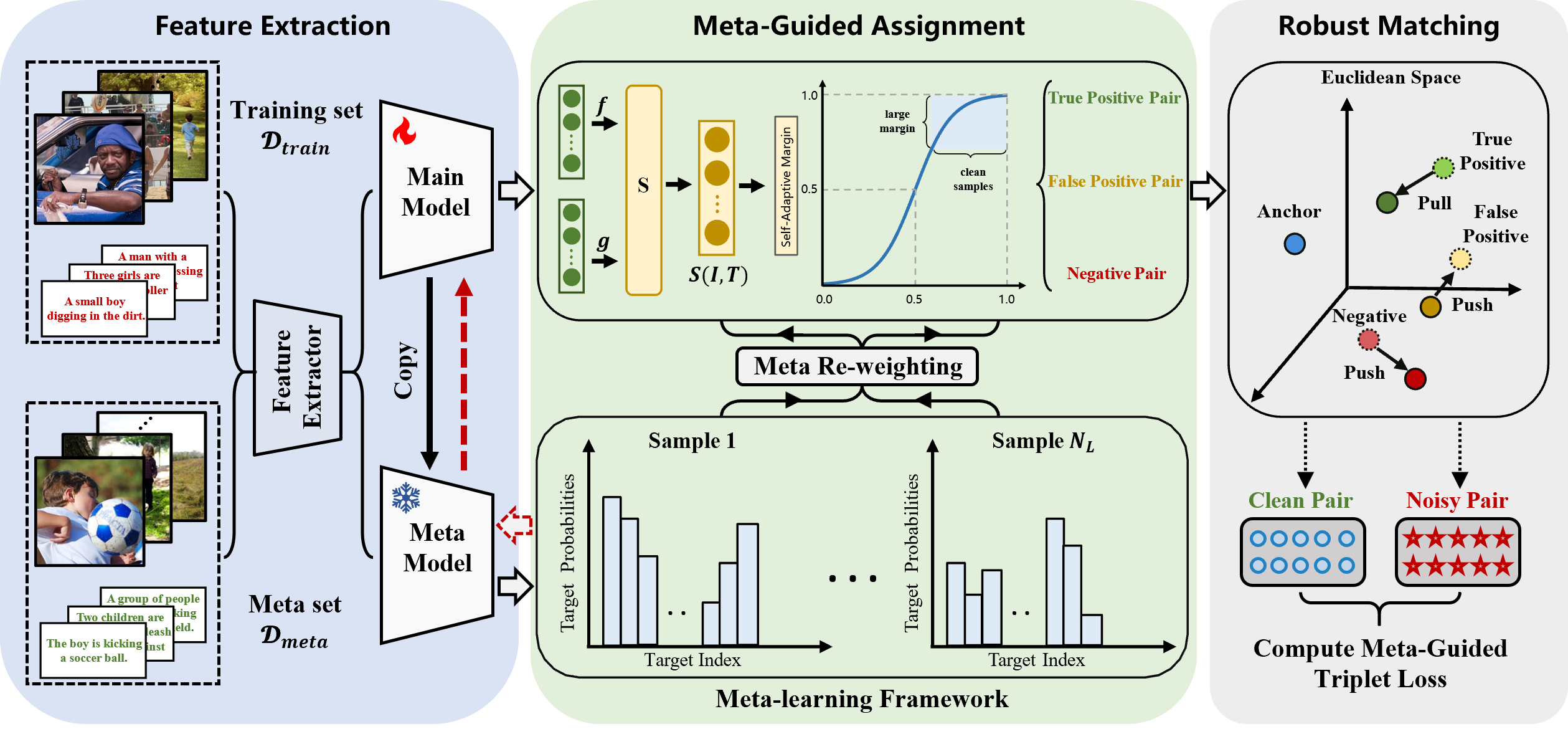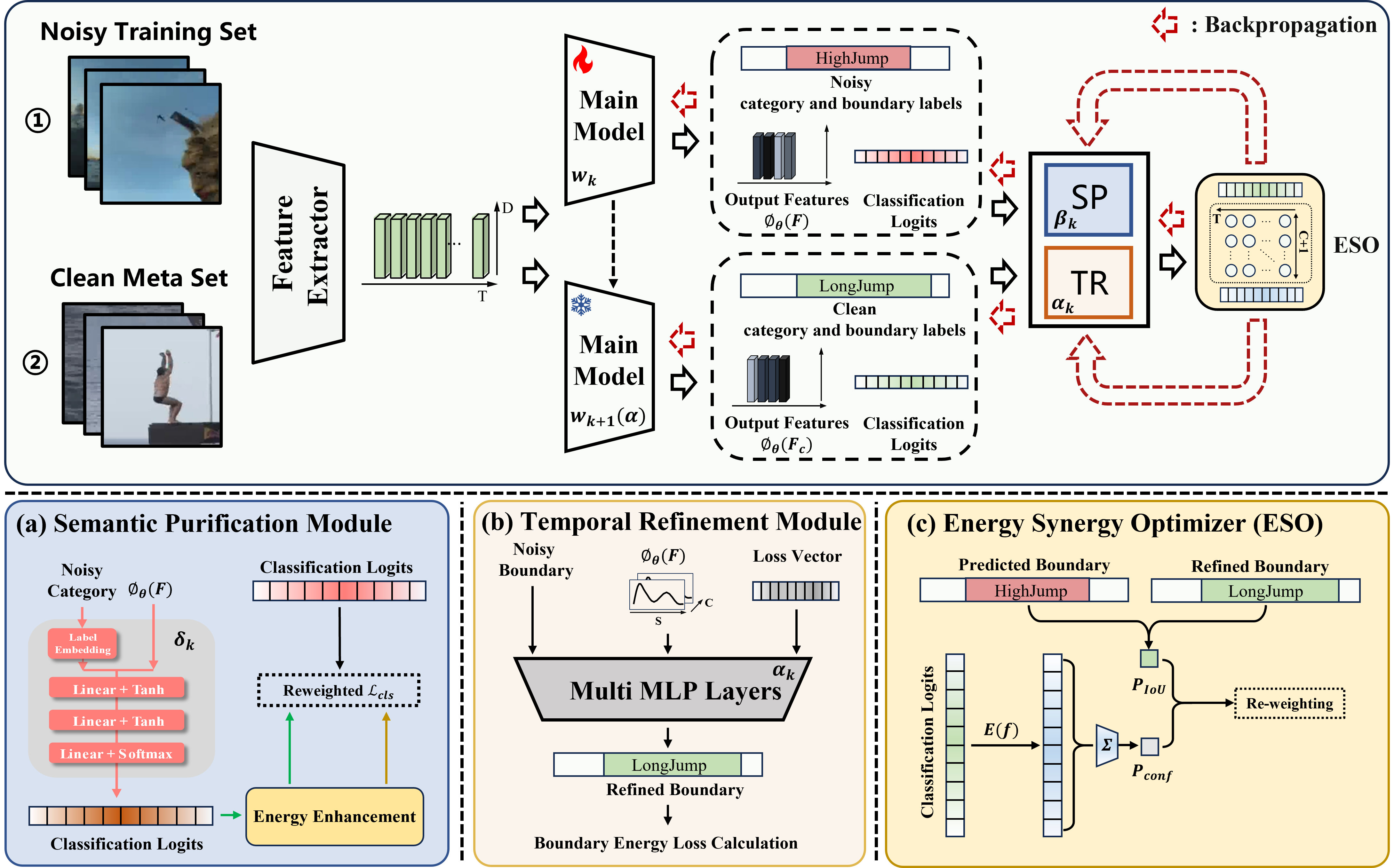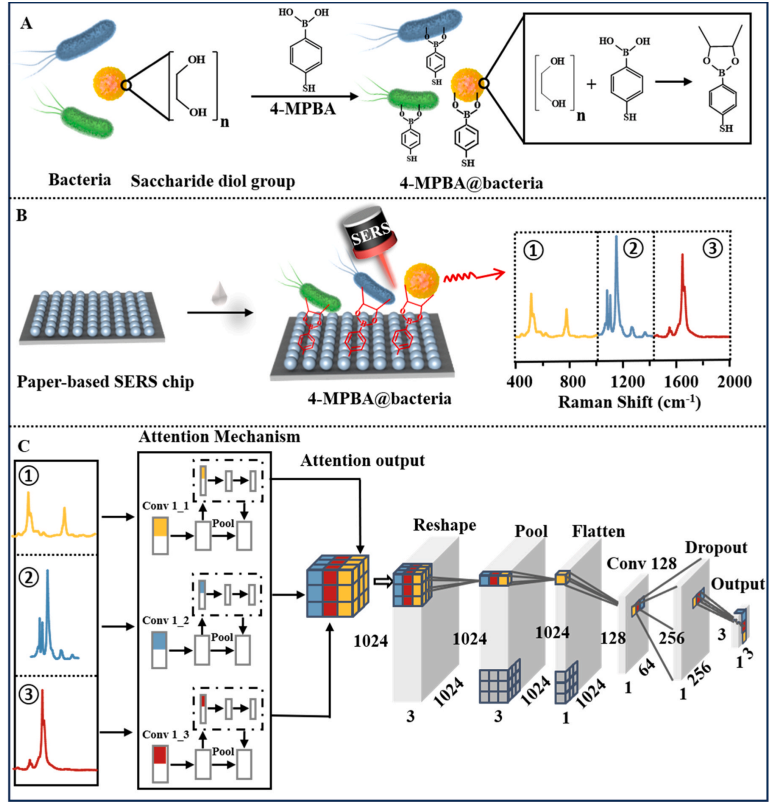I will graduate with a Master’s degree from the School of Electronic Engineering at Xidian University in Xi’an, Shaanxi, under the supervision of Professor Cheng Deng. I completed my undergraduate degree at the School of Electronic Engineering, Xidian University in Xi’an, Shaanxi. Including co-authored works, I have published 4 academic papers

My research interests include:
- Noisy Labels
- Cross-Modal Retrieval
- Digital Human Lens Generation
- Medical Image Segmentation
🎓 Education
- 2024.06 - Present,
 School of Electronic Engineering, Xidian University, Xi’an, Shaanxi, Master’s Degree
School of Electronic Engineering, Xidian University, Xi’an, Shaanxi, Master’s Degree - 2020.09 - 2024.06,
 School of Electronic Engineering, Xidian University, Xi’an, Shaanxi, Bachelor’s Degree
School of Electronic Engineering, Xidian University, Xi’an, Shaanxi, Bachelor’s Degree
📝 Publications
ICCV 2025

Chenyu Mu, Yijun Qu, Jiexi Yan, Erkun Yang†, Cheng Deng. Meta-Learning Dynamic Center Distance: Hard Sample Mining for Learning with Noisy Labels. [Paper Link][Supplementary Material]
SIGIR 2025

Chenyu Mu, Erkun Yang†, Cheng Deng. Meta-Guided Adaptive Weight Learner for Noisy Correspondence. [Paper Link]
AAAI 2025

Chenyu Mu*, Jiahua Li*, Kun Wei†, Cheng Deng. Energy vs. Noise: Towards Robust Temporal Action Localization in Open-World. [Paper Link]
Journal of Hazardous Materials 2025

- Liyan Bi*, Huangruici Zhang*,
Chenyu Mu*, Kaidi Sun, Hao Chen, Zhiyang Zhang, Lingxin Chen. Paper-based SERS chip with adaptive attention neural network for pathogen identification. [Paper Link]
🏛️ Academic Conferences
- 2025.07, ACM International Conference on Research and Development in Information Retrieval (SIGIR 2025), Padova, Italy, Invited to give oral presentation
💻 Work Experience
- 2025.07 - Present, Tencent Technology (Shenzhen) Co., Ltd., Shenzhen
